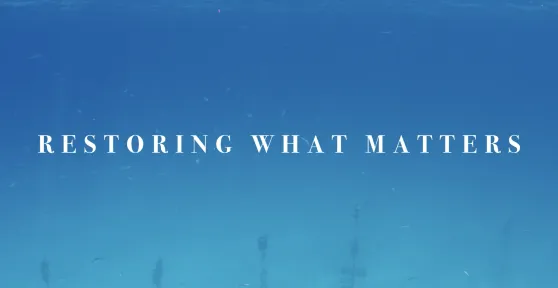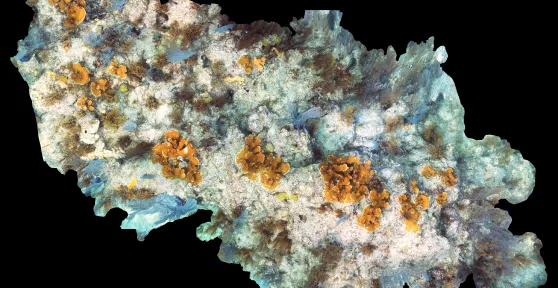November 17, 2015
Why Save Coral Reefs
Coral reefs are a vital part of our planet’s life support system, providing food and coastal protection for millions. Yet, they are vanishing at an alarming rate, threatening marine ecosystems and human communities worldwide.
Learn moreBy Land or Sea
Work With Us
Support the Coral Reefs
Your generosity fuels coral restoration efforts worldwide, helping to rebuild reefs, protect marine ecosystems, and support the communities that depend on them. Join us in making a lasting impact.
Resources
Access tools, knowledge, and innovative solutions to advance coral restoration efforts. Explore resources tailored for educators, practitioners, and ocean advocates worldwide.
For Practitioners
For Educators
-
About
-
Engage
-
Give
-
Resources
Why Save Coral Reefs
Coral reefs are a vital part of our planet’s life support system, providing food and coastal protection for millions. Yet, they are vanishing at an alarming rate, threatening marine ecosystems and human communities worldwide.
Learn moreBy Land or Sea
Work With Us
Support the Coral Reefs
Your generosity fuels coral restoration efforts worldwide, helping to rebuild reefs, protect marine ecosystems, and support the communities that depend on them. Join us in making a lasting impact.
Resources
Access tools, knowledge, and innovative solutions to advance coral restoration efforts. Explore resources tailored for educators, practitioners, and ocean advocates worldwide.
For Practitioners
For Educators
Close




